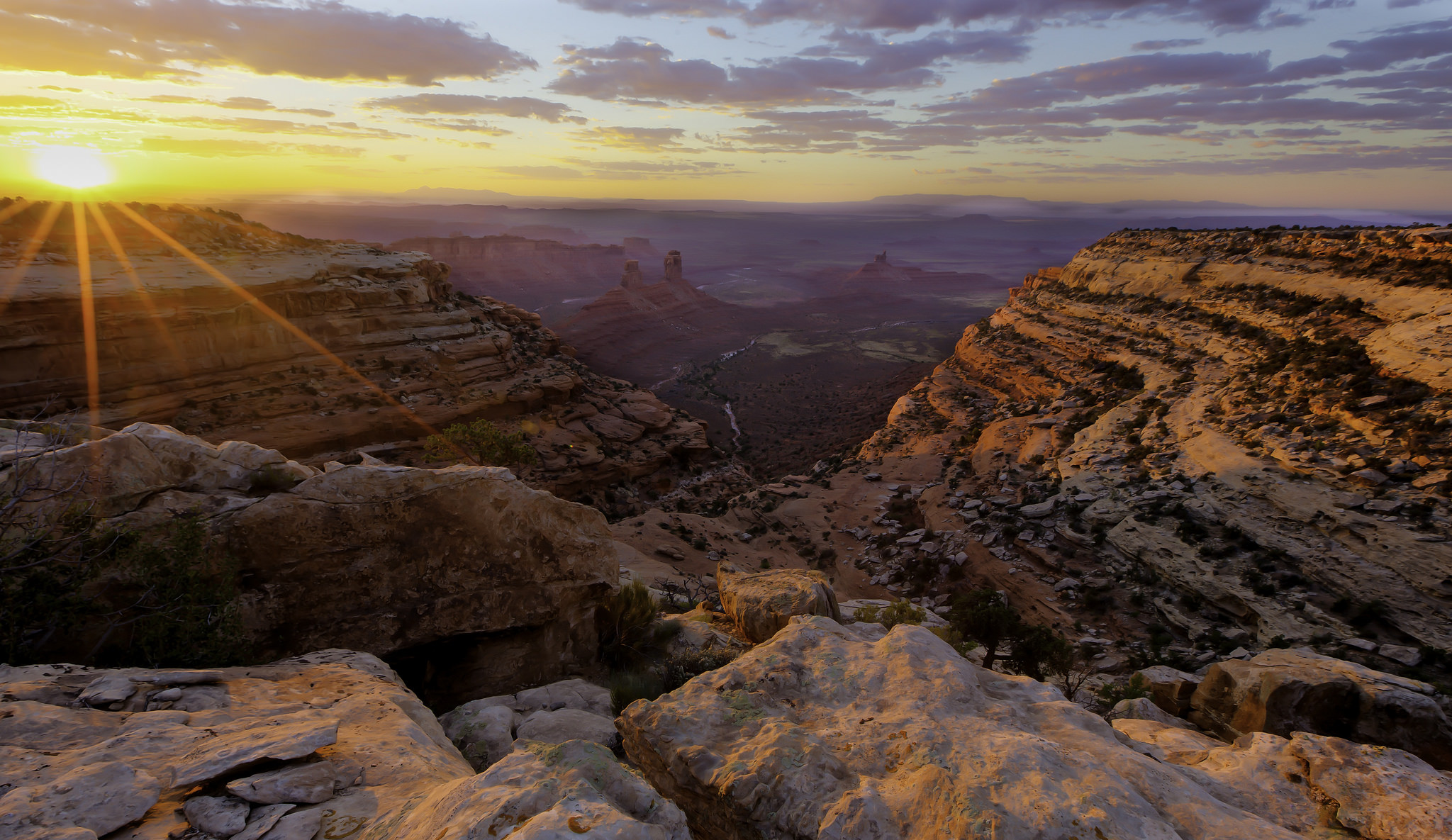As part of his review of national monuments, Secretary of Interior Ryan Zinke met with the Bears Ears Inter-Tribal Coalition. The coalition’s message was articulated earlier by the Ute Tribe’s business committee: “The monument was designated in response to government-to-government discussions that honored the trust relationship between the federal government and Indian Country. Any proposed changes can only be done through full tribal consultation that respects our sovereignty and the authority of the tribes to manage the monument.”
After an hour-long meeting with Zinke, however, Navajo tribal member Davis Filfred said, “We got the impression he [Zinke] had already made up his mind,” meaning that Zinke will likely recommend rescinding, resizing or modifying the national monument as instructed by Trump’s executive order.
If tribes are going to get more say in protecting sacred sites, they will have to have a greater role than consultation. President Obama promised to consult tribes in the management of Bears Ears, but consultation does not mean authority. As the Utah congressional delegation explained in January, “The Obama administration claims it has elevated tribes to have a guiding role in the management of Bears Ears. In reality, it has created a Native American commission that can be ignored without consequence.”
Because the monument was created under the Antiquities Act specifically passed in 1906 to protect “historic landmarks, historic and prehistoric structures, and other objects of scientific interest,” one would think it is just what the doctor ordered. At the time of passage, Congress was particularly concerned about “pot hunters” who were looting artifacts in places such as Canyon de Chelly, Choco Canyon and Casa Grande Ruins.
The stated purpose of the act notwithstanding, courts have ruled that the Antiquities Act is “constitutionally too vague” to grant federal land management agencies the authority necessary to protect historic sites.
To remedy this deficiency, Congress passed the Archeological Resources Protection Act (ARPA) in 1979. That act specifically regulates access to archaeological resources on federal and Indian lands. These resources are defined as “Any material remains of human life or activities which are at least 100 years of age, and which are of archaeological interest.” Therefore, even without national monument designation, the sites now in Bears Ears are protected from excavation and removal of artifacts without a permit from the agency with jurisdiction.
Rather than settling for consultation rights and depending on federal agencies to protect sacred sites, tribes would do better by seeking real authority to control access and manage the resources they care so much about.
Why not follow the model used in Canyon de Chelly National Monument, one of the best known and most visited monuments in the system? Canyon de Chelly’s legal ownership and authority are unique in that the monument lies entirely within the boundaries of the Navajo Nation on land owned by the Navajo Tribal Trust. For this reason, “administration of the park requires the National Park Service and the Navajo Nation to work together to protect and preserve the park resources.” Moreover, the Navajo Nation retains jurisdiction over many activities inside the monument including the right to escort non-Navajos off and even totally ban them from the reservation.
Suppose that the Inter-Tribal Coalition was given authority to manage Grand Gulch, a canyon within the boundaries of Bears Ears, in the same way that the Navajos cooperate with the NPS in the management of Canyon de Chelly. Grand Gulch contains spectacular examples of Anasazi ruins that definitely warrant protection. But making it a national monument is likely to attract more visitors who will love it to death. As Darren Parry, Vice Chairman of the Northwestern Band of the Shoshone Nation, pointed out, “Inviting the world to visit these pristine areas does not protect them any better, but it will exploit them. Increasing popularity does not increase protection.”
The Inter-Tribal Coalition could manage the number of visitors allowed into Grand Gulch, exclude scared sites from visitation, and even charge a fee to visit the sites. Doing so would be easy given the narrow canyon and revenues collected could be used to enforce the ARPA and undertake necessary archaeological protection.
Now is the time for Native Americans to get innovative. Getting the right to manage and protect their sacred lands is far better than leaving these important responsibilities to a federal government that has demonstrated time and again little respect for Indian rights.
This article originally appeared in Forbes on May 19, 2017.




